According to observations, this well is hidden at the foot of the hill, facing the green rice fields and flowers. The trees around the well have been cleared, the well bed has been cleared of mud, and the old laterite slabs are gradually revealed. More than twenty households in the hamlet, from old men with white hair to young men, some are shoveling soil, some are stacking stones, mixing mortar, pouring concrete. Each person has a hand, no one hesitates.
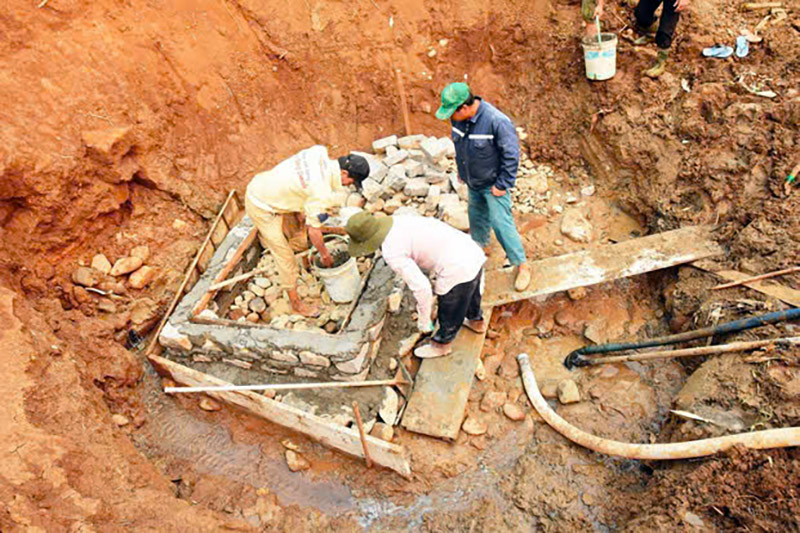
"The well is the property left by our grandparents. In the past, the whole village only used water from this well to cook rice and do laundry. The water is clear and cool, as if it came from the mother earth. Now that it has been restored, everyone is happy as if there is a big event in the village," said Ms. Nguyen Thi Lien, while stacking up the pile of laterite and telling old stories, her voice full of excitement.
Next to him, Nguyen Van Thuan, a son who has been attached to the village since childhood, was busy lifting each split stone slab: "I heard that this well was built 800, 900 years ago. In recent years, it has been buried by rocks and soil, and the villagers are very heartbroken. Therefore, we waited until the village road was upgraded to immediately hold a meeting, each family contributed one million, and those who were far from home sent money back to help. Everyone wants the old well to have fresh water again like it used to."
The most unique thing about Cay Dau well is not only its age, but also its ancient yet incredibly durable construction technique. The well is lined with ironwood and pearlwood, types of wood that have been soaked in water for hundreds of years without being damaged. The well wall is made of laterite arranged with mortise and tenon joints, without the need for mortar but still sturdy. The wooden planks salvaged from the bottom of the well are shiny black, sturdy as if they were just yesterday, being washed and dried in the sun so that they can be put back in the same place later.
The atmosphere was like a miniature village festival. An old man stood by to remind people how to stack stones properly, a group of women prepared a pot of green tea and some hot rice cakes for everyone to take a break. The children in the neighborhood ran around, chattering as if they had just discovered a treasure hidden underground.
Not far away, in Cay Da hamlet, Mai Loc 2 village, Cay Dinh well has just been completely renovated. Every afternoon, after working in the fields, people gather here to wash their faces and rest under the shade of an ancient tree. "When I was a child, I often went to the well to get water. My mother said that Dinh well water could last for a whole week without smelling or settling. Now that the well has been renovated, it is clean and beautiful, and people appreciate it even more," said Ho Trung Dung, a local resident, while scooping up water from the well and drinking it with gusto.
Since 2020, the movement to restore ancient wells has spread throughout Cam Chinh and Cam Nghia communes. Many wells such as Cay Thi well, Ong Cay well, Gai well... have been dredged again by the hands and hearts of local people. The most valuable thing associated with each well is a story, a part of the village's memories.
Ms. Tran Thi Anh, Head of the Department of Culture, Science and Information of Cam Lo district, said that the district currently has 14 ancient wells, most of which are Cham wells, characterized by laterite and precious wood. "People are the most important subjects in preserving ancient wells. They not only live with the wells, but also pass on stories, rituals and memories associated with each well to the next generation."
According to Ms. Anh, preserving ancient wells is not just about preserving a structure, but also about preserving the vitality and cultural identity of the village that is gradually fading away. Local authorities are actively surveying, documenting, and planning the ancient well area for better protection, while at the same time linking this preservation with community tourism development and new rural construction.
Source: https://cand.com.vn/doi-song/khoi-gieng-xua-giu-mach-lang-i766978/



![[Photo] Binh Thuan organizes many special festivals on the occasion of April 30 and May 1](https://vphoto.vietnam.vn/thumb/1200x675/vietnam/resource/IMAGE/2025/5/1/5180af1d979642468ef6a3a9755d8d51)
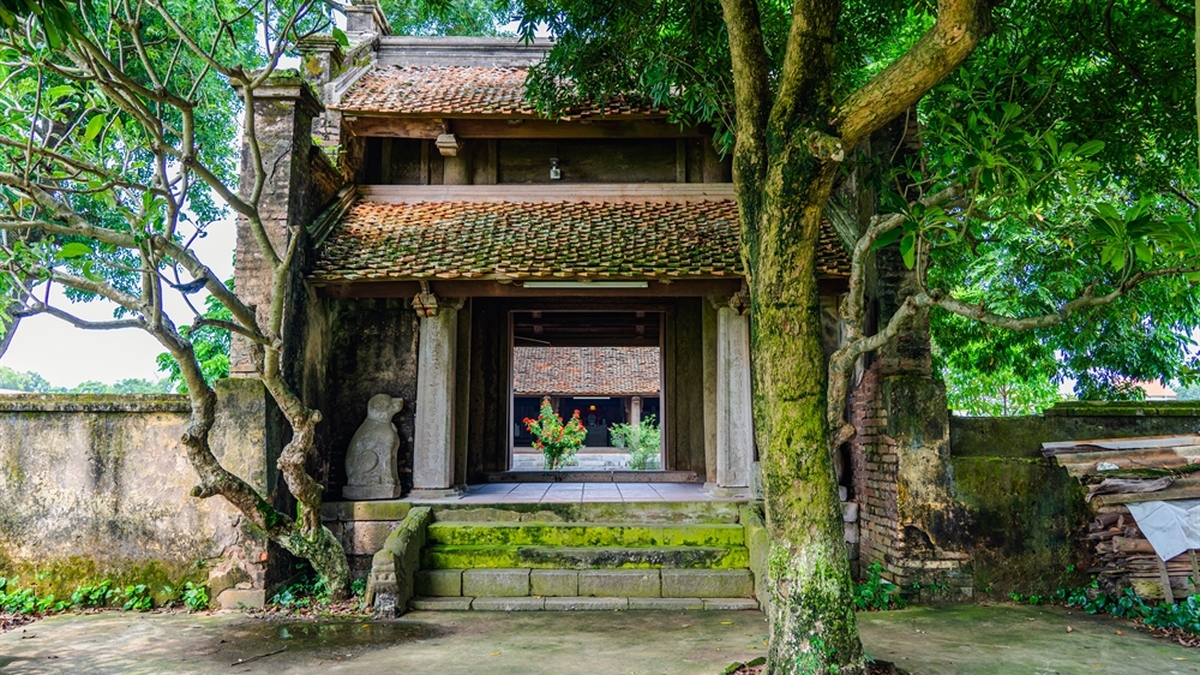

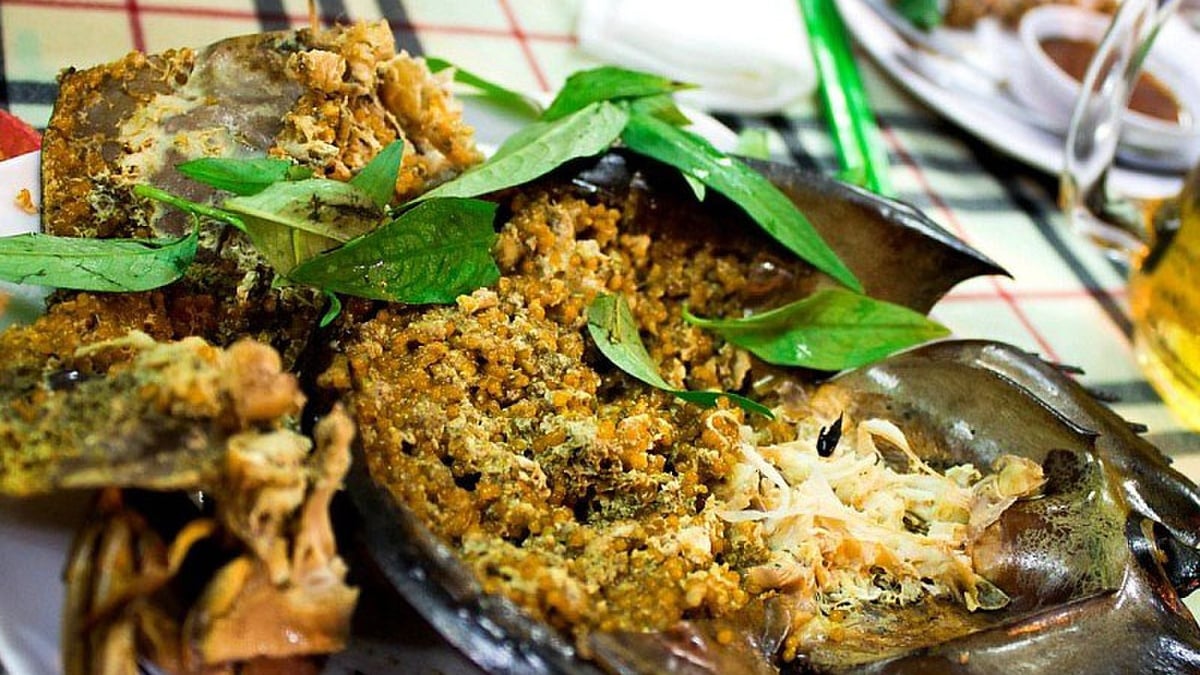
![[Photo] Ha Giang: Many key projects under construction during the holiday season](https://vphoto.vietnam.vn/thumb/1200x675/vietnam/resource/IMAGE/2025/5/1/8b8d87a9bd9b4d279bf5c1f71c030dec)


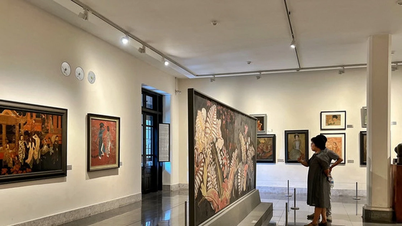













![[Photo] Feast your eyes on images of parades and marching groups seen from above](https://vphoto.vietnam.vn/thumb/1200x675/vietnam/resource/IMAGE/2025/4/30/3525302266124e69819126aa93c41092)







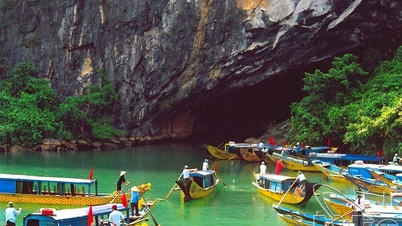

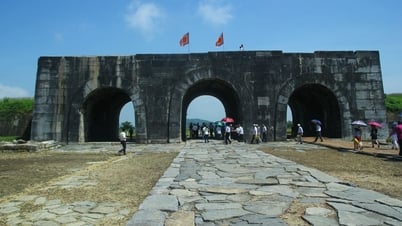





































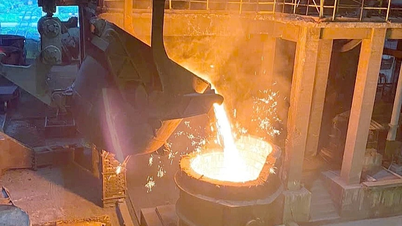



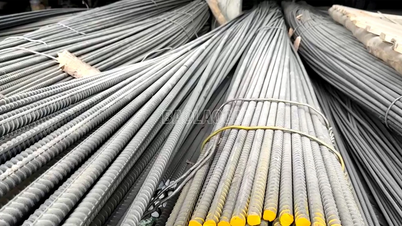
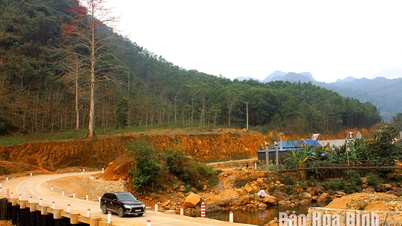












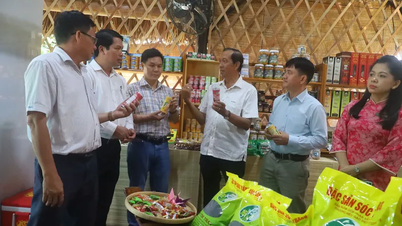



Comment (0)